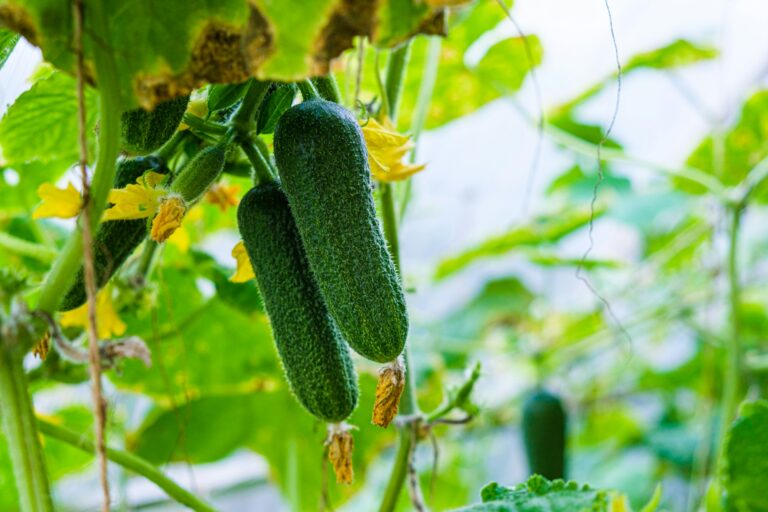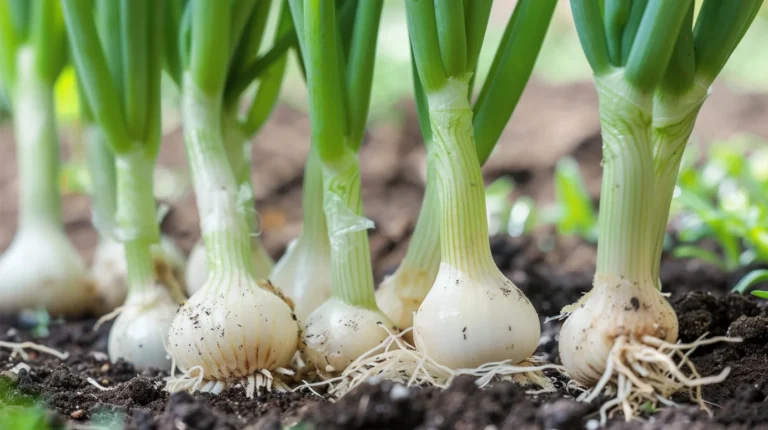Transform Your Space: A Comprehensive Guide to Repotting Spider Plants

Spider plants, also known as Chlorophytum comosum, are beloved for their resilience and minimal care requirements, making them the perfect addition to any home. These fast-growing plants, referred to as “spider ivy,” “ribbon plant,” “airplane plant,” and “St. Bernard’s lily,” add a touch of greenery and elegance to indoor spaces. However, to ensure their continued health and vitality, it’s essential to repot spider plants every one to two years. If you’re wondering how to repot a spider plant properly, look no further. In this article, we’ll delve into the step-by-step process, addressing common questions and providing valuable insights along the way.
Repotting Spider Plants in 5 Easy Steps
Here’s a preview of what we’ll cover in this comprehensive guide:
1. Assess the Need for Repotting
2. Gather Your Supplies
3. Select the Right Container
4. Unpot Your Plant
5. Transplant Into a New Container
If you’re looking to learn more about caring for spider plants, be sure to check out our detailed guide on growing these versatile houseplants.
1. Assess the Need for Repotting
Before diving into the repotting process, it’s crucial to determine if your spider plant truly requires a new container. Look for signs such as roots emerging from the soil surface or drainage holes, indicating that the plant has outgrown its current home. Additionally, if the root system fills the pot entirely, leading to a pot-bound state, it’s time for a change. Keep an eye out for your plant potentially “bursting” its pot, signaling an urgent need for repotting.
While spring is the ideal time for repotting due to increased growth activity, there are instances when immediate action is necessary. If your spider plant is in a container without drainage holes or is planted in an oversized pot, address these issues promptly to prevent complications like root rot.
2. Gather Your Supplies
To embark on the repotting journey, gather essential supplies, including a new pot and high-quality houseplant growing medium. For root-bound plants, a butter knife may come in handy to aid in gently removing the plant from its container. Remember to use sterilized scissors or garden pruners to trim any roots protruding from drainage holes.
Consider using De La Tank’s House Plant Mix, a premium growing medium containing pumice, compost, and coconut coir for optimal plant health. A repotting mat can help keep your work area tidy and organized throughout the process.
3. Select the Right Container
When choosing a new container for your spider plant, prioritize two key features: adequate drainage holes and sizing. Opt for a container that is just one size larger than the current pot to promote healthy growth and prevent root rot. Whether you prefer decorative pots or basic plastic options, ensure proper drainage to safeguard your plant’s well-being.
If your chosen container lacks drainage holes, consider drilling them carefully to prevent waterlogging and root suffocation. Exercise caution when using power tools on ceramic or terra cotta pots to avoid damage or breakage.
4. Unpot Your Plant
Prepare to unpot your spider plant by creating a clean workspace with your repotting mat and new pot nearby. Begin by adding a layer of growing medium to the bottom of the new container to support root development. Inspect the root system of your plant, trimming any roots extending from the drainage holes for a fresh start.
Carefully remove the root ball from its current pot, using a butter knife if necessary to loosen it from the edges. Gently tease out the roots to facilitate acclimatization to the new growing medium.
5. Transplant Into a New Container
With the root ball prepared and the new container ready, it’s time to transplant your spider plant. Position the plant in the center of the container, leaving ample space between the root ball’s top and the pot’s rim. Gradually fill the sides with growing medium, ensuring even distribution and firm packing without compacting the soil excessively.
After transplanting, water your plant thoroughly and place it in a suitable location with indirect sunlight. By following these steps, you’ve completed the repotting process, providing your spider plant with ample room to thrive and flourish.
Embrace Growth and Greenery
Congratulations on successfully repotting your spider plant! With these five simple steps, you’ve empowered your plant to continue its growth journey with renewed vigor. Whether you encountered unexpected challenges or breezed through the process, we’d love to hear about your experience in the comments section. Share your love for spider plants and celebrate their beauty and resilience in your home.
For further insights into spider plant care, explore additional resources on propagating spider plant babies, assessing toxicity to pets, and addressing variegation concerns. Embrace the transformative power of greenery in your living space and watch your spider plant thrive in its new home.
By following these step-by-step instructions, you can ensure the health and longevity of your spider plant. Whether you’re a seasoned plant enthusiast or a novice gardener, this detailed guide offers valuable insights and practical tips for repotting with confidence. Embrace the growth and vibrancy of your spider plant as you embark on this rewarding gardening journey.





